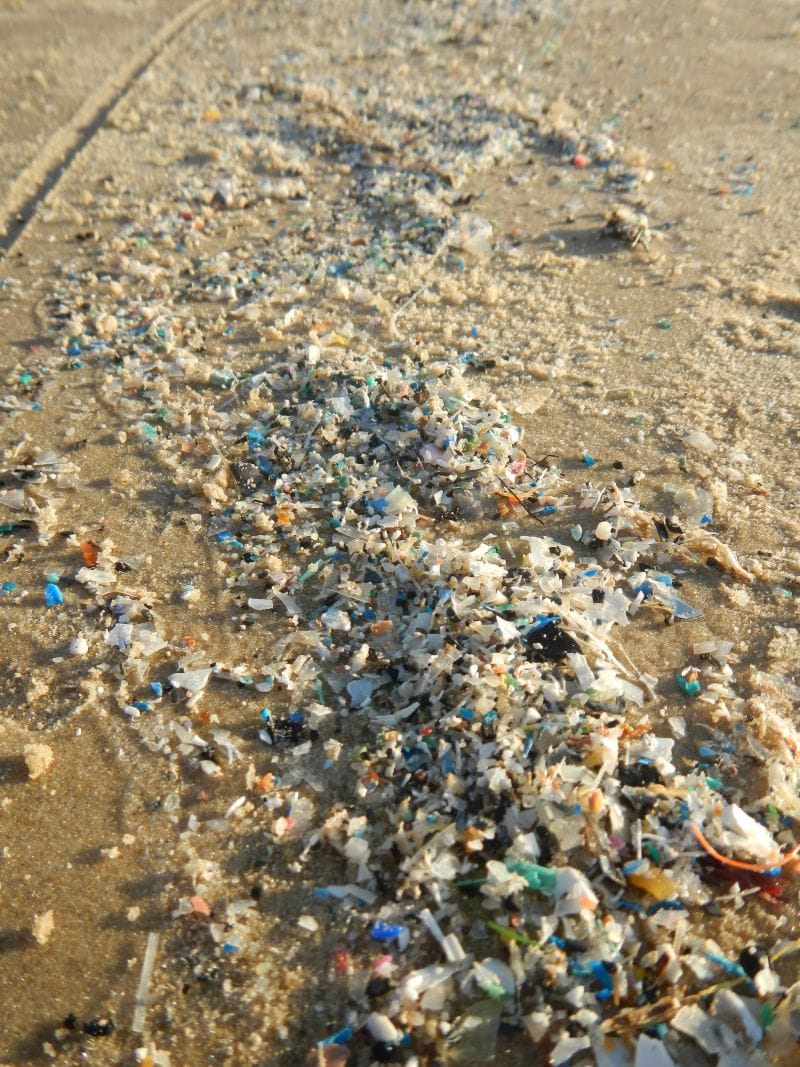RSS feed source: US Energy Information Administration
In-brief analysis
June 16, 2025
Data source: U.S. Energy Information Administration analysis based on Vortexa tanker tracking
Note: 1Q25=first quarter of 2025
The Strait of Hormuz, located between Oman and Iran, connects the Persian Gulf with the Gulf of Oman and the Arabian Sea. The strait is deep enough and wide enough to handle the world’s largest crude oil tankers, and it is one of the world’s most important oil chokepoints. Large volumes of oil flow through the strait, and very few alternative options exist to move oil out of the strait if it is closed. In 2024, oil flow through the strait averaged 20 million barrels per day (b/d), or the equivalent of about 20% of global petroleum liquids consumption. In the first quarter of 2025, total oil flows through the Strait of Hormuz remained
Click this link to continue reading the article on the source website.



